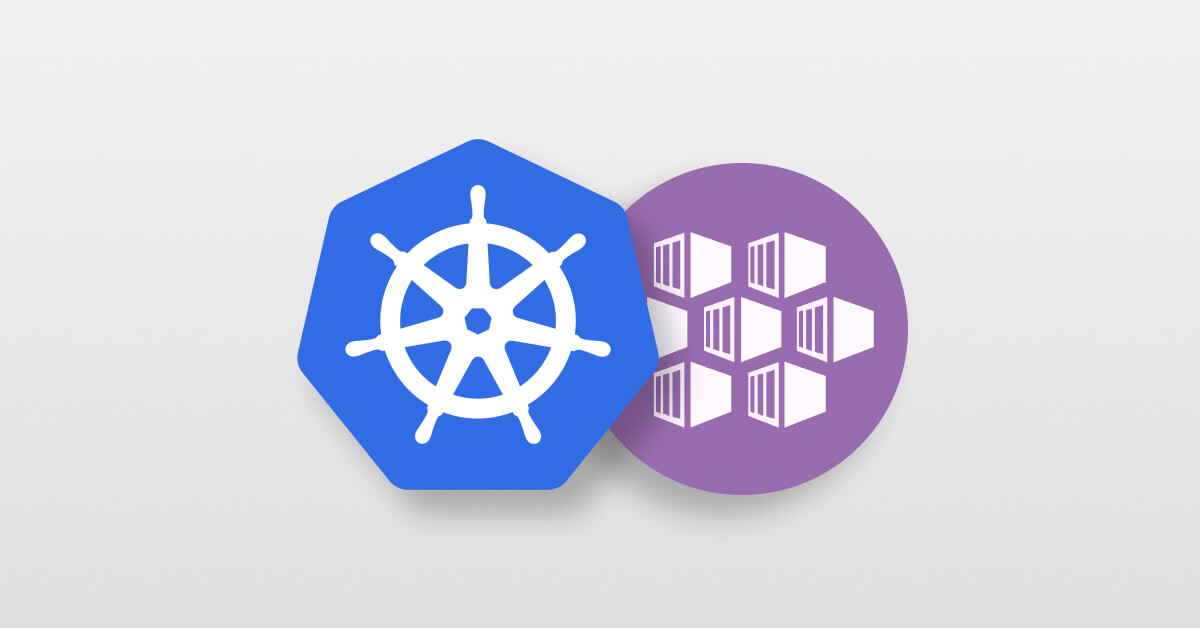Interactive Debugging Within a Jenkins Container Running on Kubernetes
Introduction
Popular DevOps tools like Packer and Ansible come with the ability to do interactive debugging, which is essential when troubleshooting issues quickly.
However, what happens when you’re running your CI pipelines on Kubernetes?
Problem
The problem with running your CI pipelines on Kubernetes is that tools like Packer and Ansible dont allow interactive debugging within containers using standard configuration, meaning “pause on error” functionality will not work.
I’m not sure the exact reason why, but suspect it’s to do with not having a terminal session attached, along with other missing environment settings.
I’ve even seen issues where interactive debugging doesn’t work outside of containers, like the “-on-error=ask and -debug doesn’t prompt when using WSL” issue I logged for Packer.
Why debug within the pipeline?
Some may suggest the answer is to run these tools locally. Sure, both Packer and Ansible can run locally in your favourite console without issue, but, what if your CI pipeline has several stages that change the environment before Packer and Ansible are used?
You can create scripts to mimick what your CI pipelines stages do, and prepare the environment accordingly, but this will quickly become out-of-date, so just becomes extra maintainance.
Scenario
I was working on a CI pipeline to build Golden Images, which could take an hour or more between builds. This was painfully slow to develop and troubleshoot, as there were limited build attempts per day.
So, I started investigating methods on interactive debugging within a Kubernetes pipeline. My Google-fu failed me. There was simple nothing out there.
Solution
Here is the solution I came up with:
-
Install a terminal multiplexer (like
Screen) within the build container, which allowed sessions you can attach to:# part of Dockerfile # Install dependencies and utils apt-get update && apt-get install -y Screen -
Use Packer’s new
error-cleanup-provisionerto pause the build if an error occurs:
(NOTE: This provisioner will not run unless the normal provisioning run fails)"error-cleanup-provisioner": { "type": "shell-local", "inline": [ "echo 'Running [error-cleanup-provisioner] as an error occurred...'", "echo 'Sleeping for 2h...'", "sleep 2h" ] } -
Connect to the build container within Kubernetes:
# find Jenkins pod name podname=$(kubectl get pod --namespace jenkins -l jenkins=slave -o jsonpath="{.items[0].metadata.name}") # enter container shell kubectl exec --namespace jenkins -it "$podname" -- /bin/sh -
Attach to the Screen session:
(NOTE: Initially, when you enter the container shell, you won’t see any CI job environment changes)# show env vars # note the Jenkinfile job env vars are missing (eg: CI_DEBUG_ENABLED, and PACKER_*) printenv | sort | grep -E "CI_|PACKER" # list Screen sessions screen -ls # attach detached session screen -r # show env vars # now Jenkins job env vars exist printenv | sort | grep -E "CI_|PACKER" -
Use an interactive debugger, like the Ansible playbook debugger.
# set config export ANSIBLE_CONFIG="./ansible/ansible.cfg" # simple ping check ansible all -m ping --check --user packer -i /tmp/packer-provisioner-* # run playbook ansible-playbook ./ansible/playbook-with-error.yml -i /tmp/packer-provisioner-*
Visit my debug-k8s-pipeline repo for the full code examples.



Leave a comment